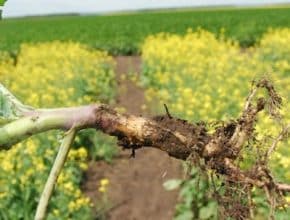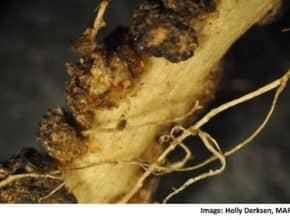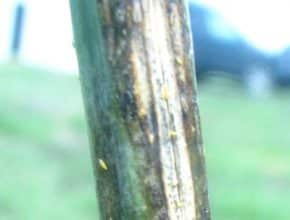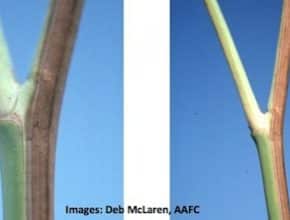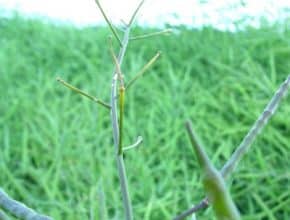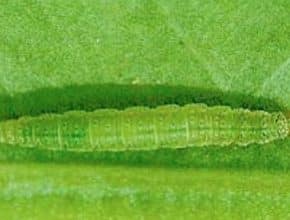Bertha armyworm spraying has been reported in a few fields. Scout lower in the canopy this week, looking for feeding on lower leaves. Spotting them down low will give you……
Canola Watch Posts
-
-
-
Some fields are already showing a lot of gall growth, probably because the wet spring promoted early infection. These galls are most likely clubroot, especially if the fields are in known clubroot hot zones. However, not ALL root galls are clubroot. Galls could also be hybridization nodules (shown above) or phenoxy damage…
-
The swath decision becomes more difficult in crops with plants at multiple stages of growth. For example, if some plants are at 60% seed colour change (SCC) on the main stem and other plants are still flowering, growers may want to hold off on swathing. Or if plants are large with many secondary stems, the main stem may be at…
-
Swathing will likely start within a week or 2 for earliest canola fields. Keep in mind that the ideal time to swath is around 60% seed colour change (SCC). Some fields will have to be cut earlier for growers with a lot of canola to get down, but try to avoid cutting before 30% SCC. See this week’s top 10…
-
-
Some canola fields are exhibiting missing or stunted pods at the top or middle of stems. Pods in some fields have been described as green on the ends and translucent in the middle. The most likely cause is environmental. The few days above 30°C in early July would certainly cause flower abortion, and the hormone response to a couple days…
-
-
Delaying swathing while you wait for more plants to mature is generally positive for yield, especially at this stage of the season…

